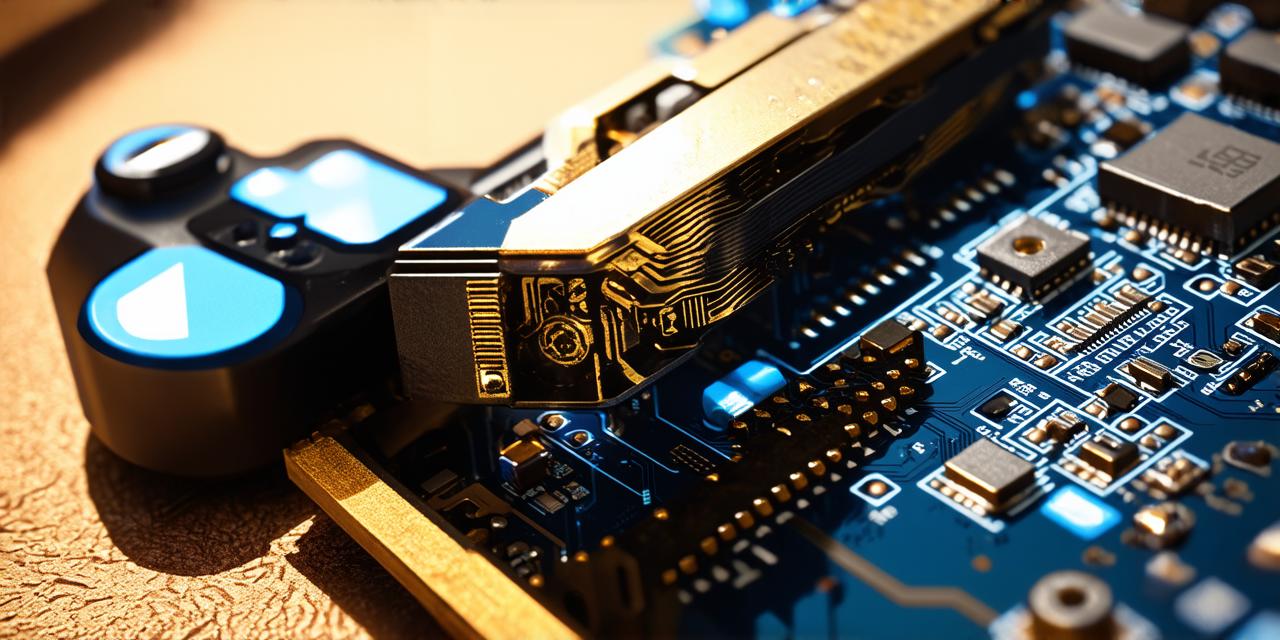Stage 1: Conceptualization
The first stage in the Unreal Engine game development process is conceptualization, which involves brainstorming ideas for your game, defining its core mechanics, and creating a high-level design document. This stage is crucial because it sets the foundation for the entire game development process, ensuring that everyone involved in the project has a clear understanding of what the final product should look like and how it will function.
One of the key challenges of this stage is to come up with an idea that stands out from the crowd. With so many games being released every year, it can be difficult to find a unique concept that hasn’t already been explored. However, by drawing inspiration from real-world experiences and exploring new technologies, you can create a game that feels fresh and exciting to players.
Another important aspect of the conceptualization stage is defining the core mechanics of your game. This involves determining what players will be doing in the game, how they will interact with the environment, and what challenges they will face. By carefully considering these elements, you can create a game that is both fun to play and challenging enough to keep players engaged throughout.
Once you have a solid concept and core mechanics defined, it’s time to create a high-level design document. This document should outline the overall structure of your game, including its levels, characters, story, and any other key elements that will be included in the final product. By having a clear roadmap for your project, you can ensure that everyone involved in the development process is on the same page and working towards the same goals.
Stage 2: Pre-Production
The pre-production stage of the Unreal Engine game development process involves creating the initial assets and setting up the technical infrastructure required to develop your game. This stage can be time-consuming, but it is essential for ensuring that everything runs smoothly throughout the rest of the development process.
One of the main tasks of the pre-production stage is creating concept art and other visual assets that will be used in the game. These assets should be carefully designed to reflect the overall style and tone of the game, and they should be created using tools such as Photoshop or 3DS Max. By having a strong visual foundation for your game, you can ensure that it looks and feels consistent throughout, creating an immersive experience for players.
Another important aspect of the pre-production stage is setting up the technical infrastructure required to develop your game. This involves configuring your development environment, installing any necessary plugins or add-ons, and creating a project directory where all assets and code will be stored. By having a well-organized development environment, you can streamline the development process and ensure that everyone involved in the project has access to the tools they need to do their job effectively.
Stage 3: Production
The production stage of the Unreal Engine game development process is where the real magic happens. This is when you start building the actual game, creating levels, characters, and other assets that will be used in the final product. Depending on the complexity of your game, this stage can take anywhere from a few months to several years.
One of the key challenges of the production stage is ensuring that all elements of the game are working together seamlessly. This involves constantly testing and debugging code, fine-tuning assets, and making adjustments as necessary to ensure that everything runs smoothly. By staying on top of these tasks, you can avoid costly delays and ensure that your game is ready for release when it’s time.
